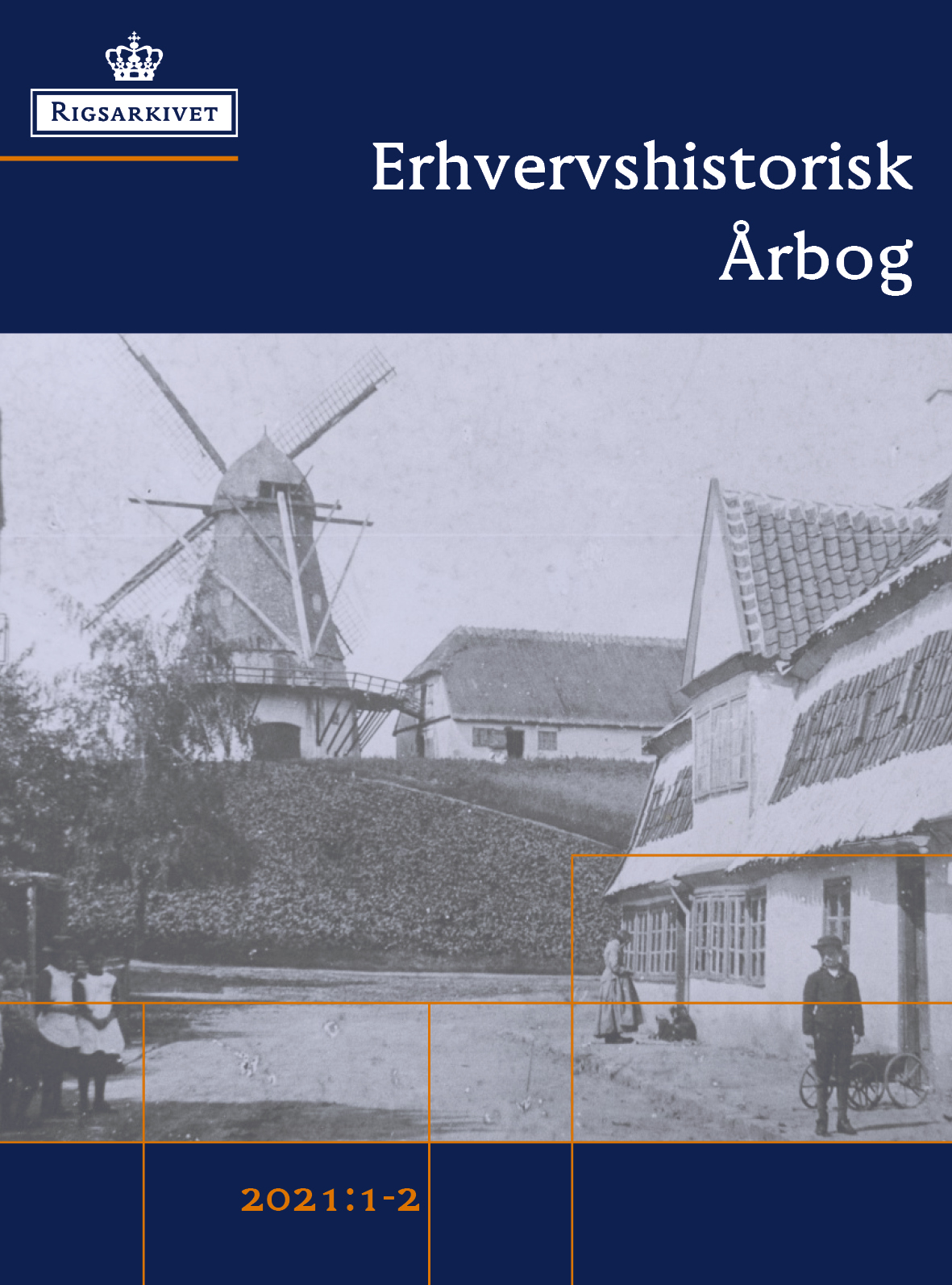Vandmøllens opbrudstid – forandringer og teknologiudvikling i dansk mølleri i 1800-tallet
Resumé
I denne artikel undersøges forandringer i den danske mølleindustri i det 19. århundrede. Det sker igennem en af Pinch og Bijker inspireret SCOT-analyse. De nøjagtige statistiske forandringer i industrien, såsom hovedperson- og medhjælper-sammensætning og forretningsmodel findes, og bruges til at gennemarbejde de to primære talerør for industrien: mestrenes og svendenes fagblade. Der samles også data på brugen af vind og vand som drivkraft i de industrier der ikke forædlede korn. Det konkluderes at den begyndende liberalisering i 1825 havde nogen effekt på mængden af møllere i landet, men at det først med næringsfriheden med Mølleloven i 1852 lykkedes at øge mængden af møller drastisk. Det skete specielt efter tilvænningsperiodens afslutning i 1862 og med et højdepunkt frem til 1880. I samme periode oplevede industrien samtidig en koncentration, idet de store dampdrevne fabriksmøller i byerne begyndte at skrive sig for en større og større andel af den samlede mængde ansatte. Vandmøllen var som teknologi ikke i stand til at konkurrere; den var for dyr, for pladskrævende og for lokationsbunden til de små møller, og den kunne ikke levere nok energi og produktionskræfter til de store. Som teknologisk artefakt var den ikke længere relevant, og vandmøllen gled derfor ud af brug.
---
Changes and technological development in the Danish milling industry of the 19th century
This article seeks to explain changes in the 19th century Danish milling industry by way of a SCOT analysis, inspired by Pinch and Bijker. The nature of the statistical changes in the industry, such as employer/employee composition and business models, are found and discussed, and then used as a basis for interrogating the two main voices of the business: the trade magazine representing the millers and the workers. Data on wind and water power in the heavier non-grain industries is also gathered. It is concluded that the liberalisation efforts in 1825 yielded some results, but the Freedom of Trade Law for the milling industry succeeded in achieving a marked increase in the number of millers in the country from 1852 onwards, especially after the end of the 10-year transitional period in 1862. This development reached its zenith from 1860 to 1880. In the same period, the milling industry also experienced a simultaneous compression, as large steam-powered factory mills in the major cities began to expand their share of the industry's employees. The resulting dichotomy was one in which the watermill could not compete, as it was too expensive, too bound by the landscape, and too space-demanding for the country mills, and didn’t provide enough energy or production power for the factory mills.
Downloads
Publiceret
Citation/Eksport
Nummer
Sektion
Licens
Ophavsret til artikler publiceret i Erhvervshistorisk Årbog er fastlagt i henhold til den modelaftale, License to publish, som UBVA har offentliggjort under rubrikken Ophavsret og forskningspublicering. Indsendelse af en artikel til Erhvervshistorisk Årbog indebærer en accept af dette. Modelaftalen kan findes ved hjælp af dette link: http://www.ubva.dk/Forside





